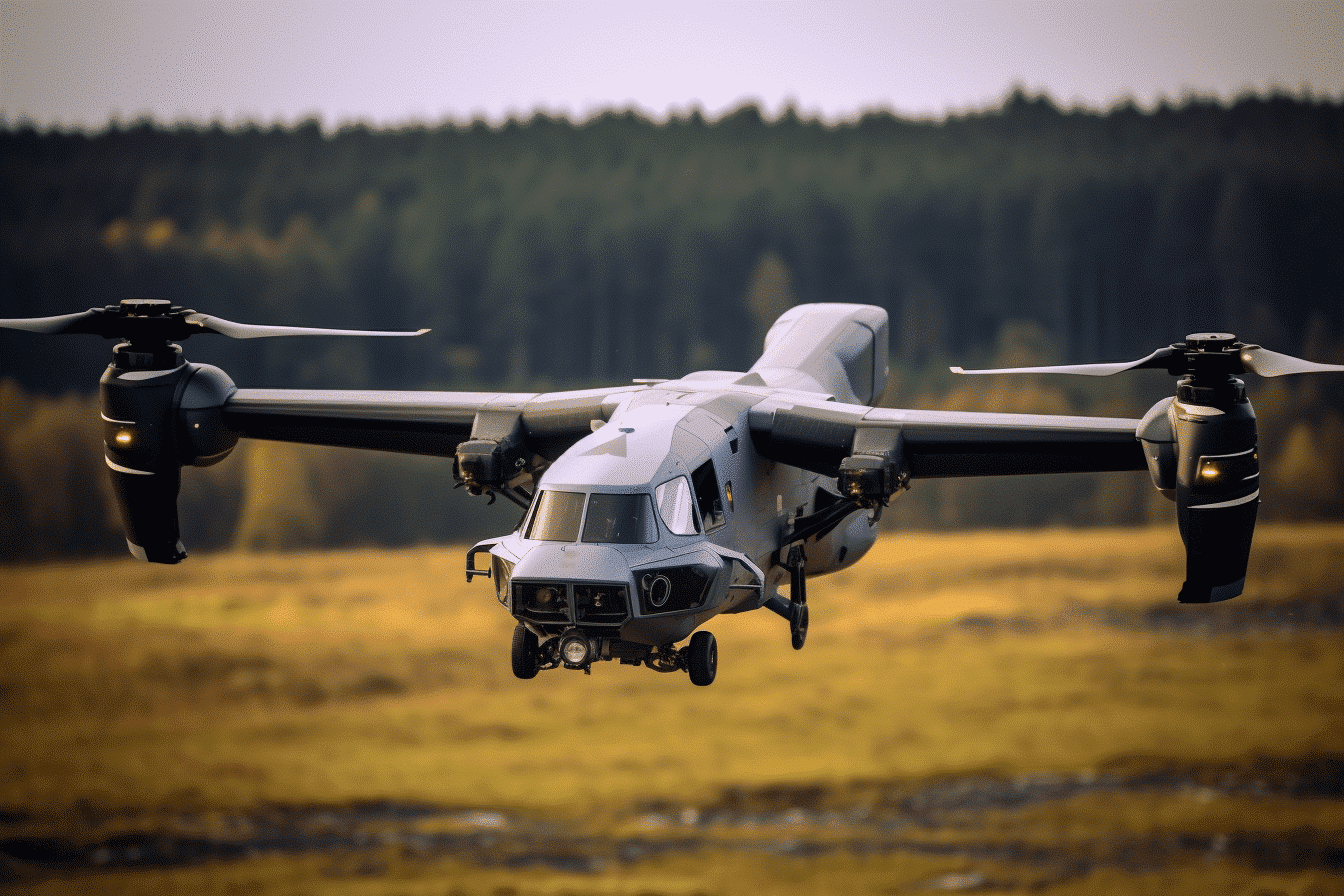In the wake of a devastating crash in Japan that claimed the lives of eight Air Force special operations members, the U.S. Congress has initiated a thorough investigation into the V-22 Osprey program. The incident has raised serious concerns about the safety and reliability of this unique aircraft, which functions as both a helicopter and an airplane. This scrutiny comes amidst a troubling history of fatalities and mechanical issues associated with the Osprey, which temporarily grounds its entire fleet, except for critical Marine Corps missions.
The recent fatal crash on November 29 has not only drawn the attention of the U.S. Congress but also prompted an international reaction, with Japan, the only international user of the Osprey, also grounding its fleet. The U.S. House of Representatives Committee on Oversight and Accountability, chaired by Kentucky Republican James Comer, has demanded extensive documentation from Defense Secretary Lloyd Austin regarding Osprey’s safety record. Comer stressed, “Our servicemembers remain in harm’s way without resolution of known mechanical issues.”
The call for action is echoed by Senators Ed Markey and Elizabeth Warren, along with Rep. Richard Neal, who represents Massachusetts, the home state of Staff Sgt. Jacob Galliher, a victim of the Japan crash. They emphasized the urgent need for reassurance about the Osprey’s safety before recommencing operations.
Despite its recent operational debut in 2007 and its significant role in the Marine Corps and Air Force Special Operations Command, Osprey’s safety record has been marred by numerous crashes and mechanical failures. An Air Force statement postulated that the latest crash was likely due to an aircraft malfunction, marking another instance of mechanical issues leading to fatal outcomes.
Manufacturers Bell Textron and Boeing, part of Osprey’s production partnership, have remained reserved about the crash but affirmed their commitment to assisting the investigation. The Osprey Joint Program Office, overseeing all three aircraft variants, actively participates in the crash investigation, aiming to resolve ongoing concerns related to a long-standing clutch issue and questions about the aircraft’s structural integrity.
The Osprey program, now under intense congressional scrutiny, faces critical questions about its future. The program’s viability is in jeopardy, with a history of mechanical challenges and a recent rise in fatal incidents. As investigations proceed, the focus remains on ensuring service members’ safety and addressing this unique aircraft’s technical complexities. The resolution of these issues is imperative for the Osprey to regain trust and fulfill its intended roles in military operations.




